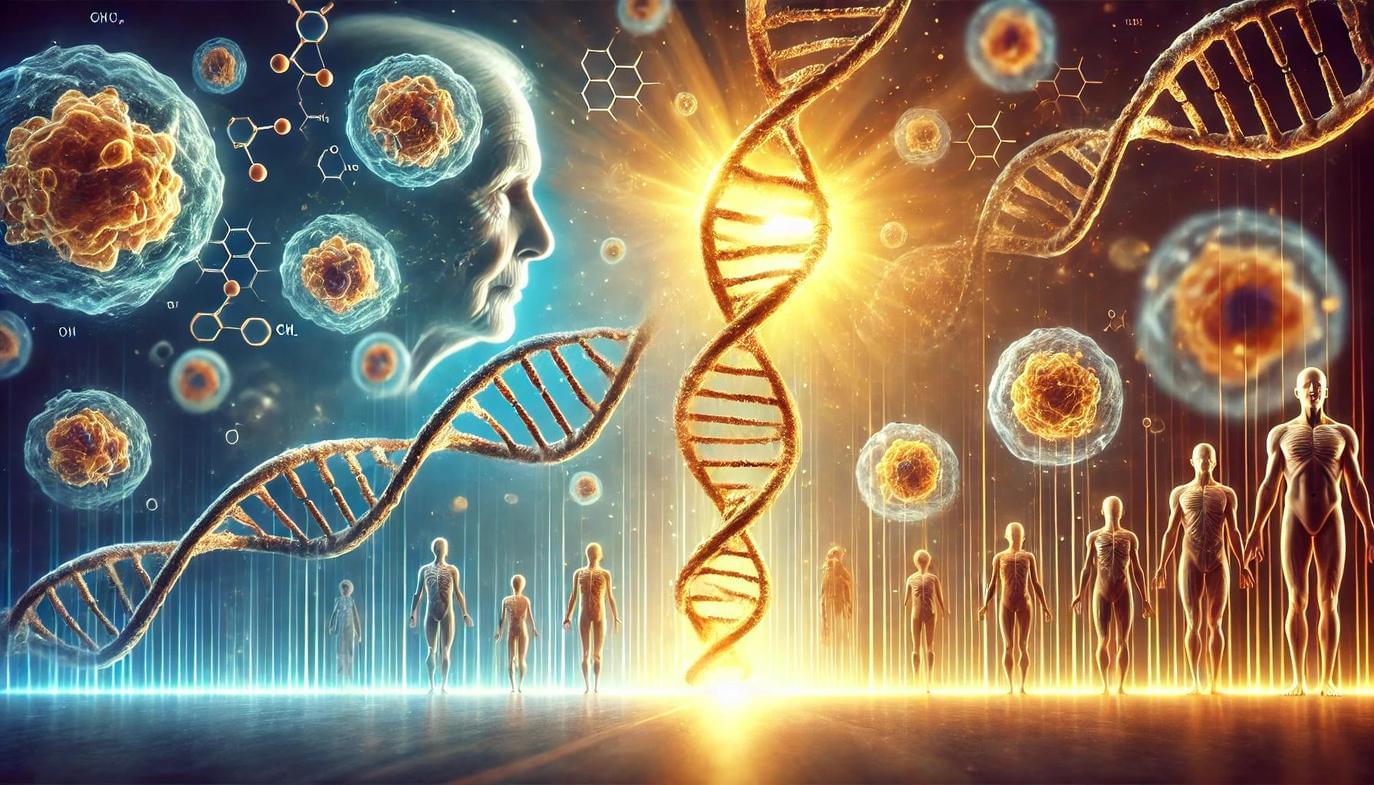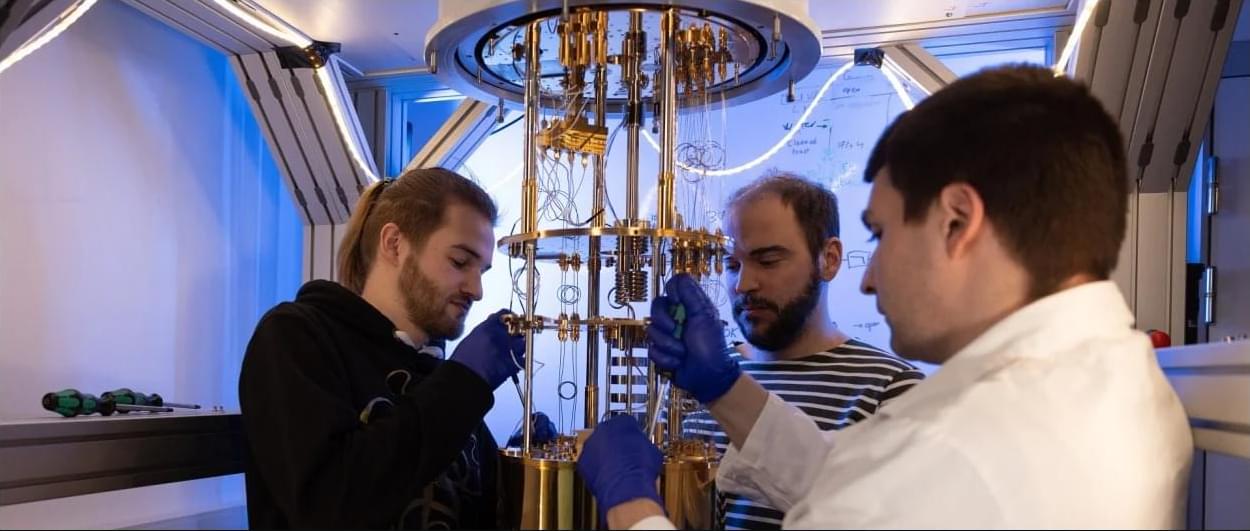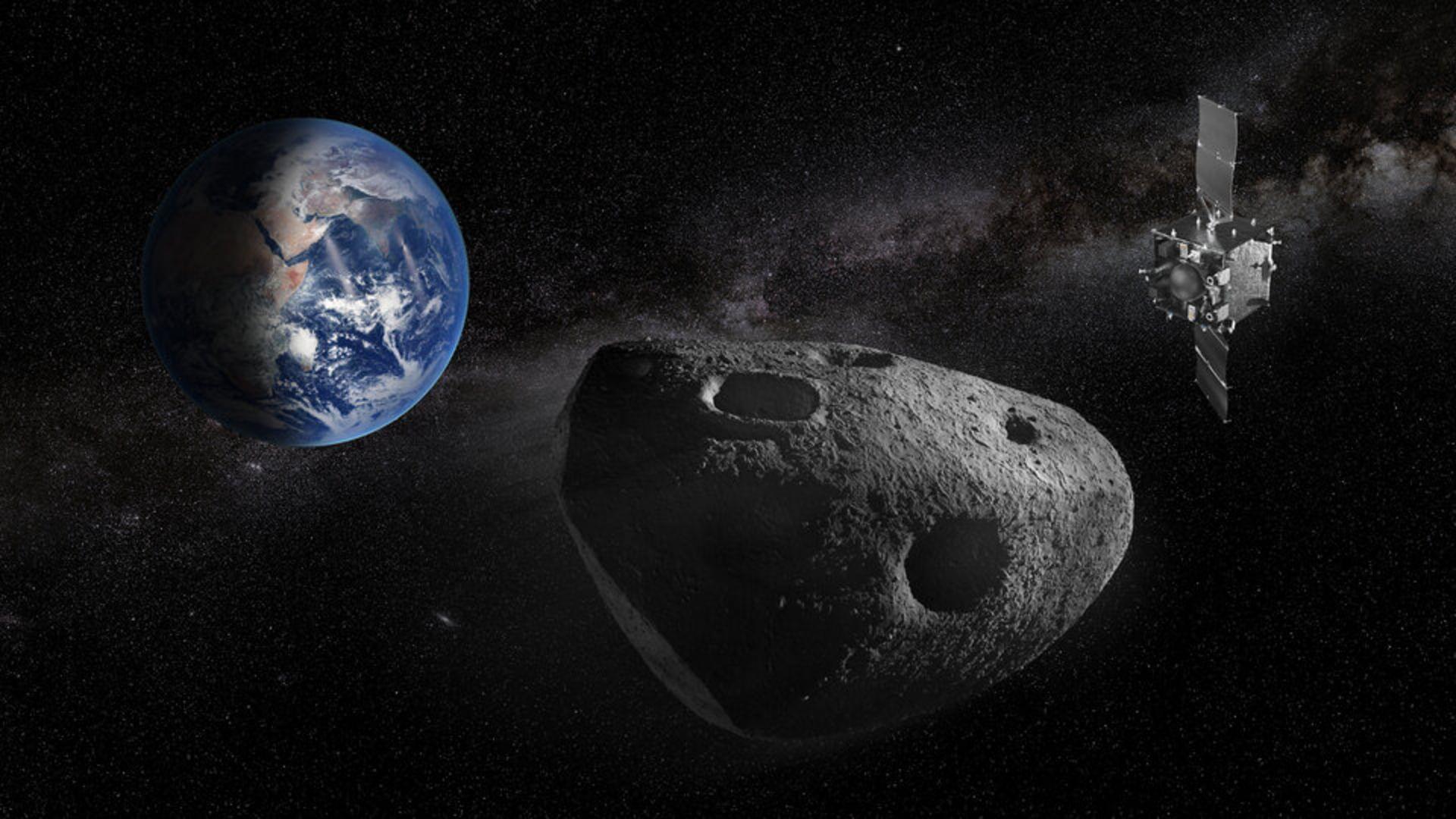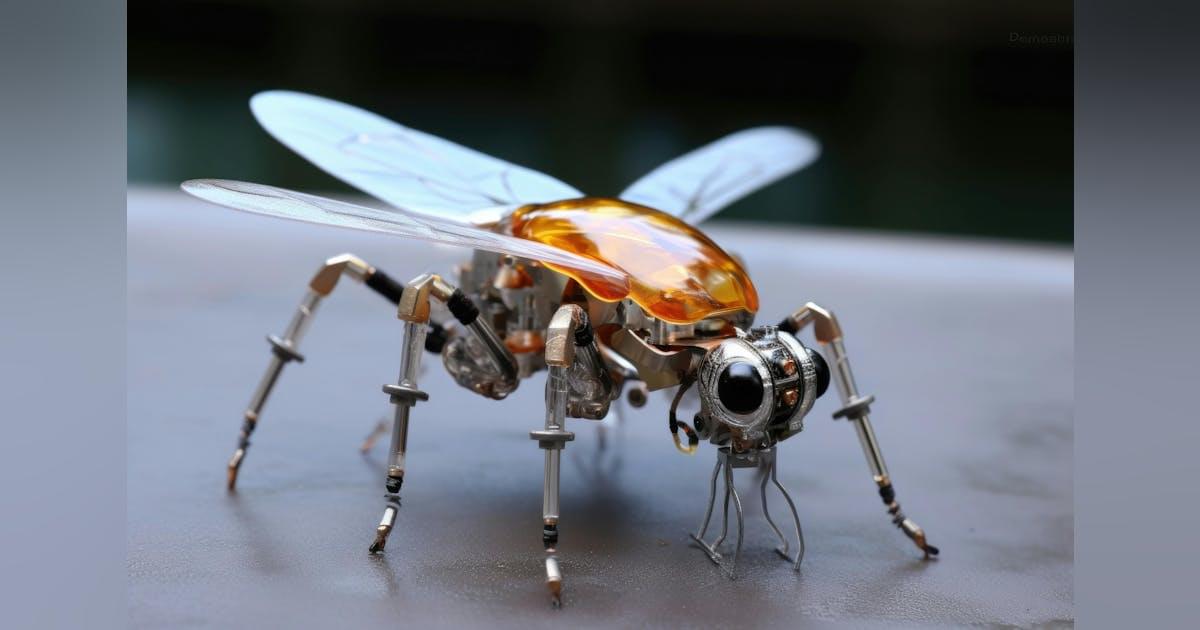Alibaba’s CEO said the company would be pushing to develop advanced AI. Some in the U.S. have viewed China’s AI ambitions as more focused on applications of the technology.
Get the latest international news and world events from around the world.

Fraimic V1 : Interaction Demo
In this video you will see how Fraimic’s patented “Voice-To-Vision” technology allows anyone to speak art into existence, simply by telling Fraimic what they want to see!
Fine Particulate (PM2.5) Exposure Negatively Impacts Hallmarks Of Aging: What’s Optimal?
Join us on Patreon! https://www.patreon.com/MichaelLustgartenPhD
Discount Links/Affiliates:
Blood testing (where I get the majority of my labs): https://www.ultalabtests.com/partners/michaellustgarten.
At-Home Metabolomics: https://www.iollo.com?ref=michael-lustgarten.
Use Code: CONQUERAGING At Checkout.
Clearly Filtered Water Filter: https://get.aspr.app/SHoPY
Epigenetic, Telomere Testing: https://trudiagnostic.com/?irclickid=U-s3Ii2r7xyIU-LSYLyQdQ6…M0&irgwc=1
Use Code: CONQUERAGING
NAD+ Quantification: https://www.jinfiniti.com/intracellular-nad-test/






Researchers eye bio-hybrid robots with engineered and biological parts for self-healing, energy efficiency
Officials of the U.S. Defense Advanced Research Projects Agency (DARPA) in Arlington, Va., issued an advanced research concepts opportunity earlier this month (DARPA-EA-25–02-02) for the Hybridizing Biology and Robotics through Integration for Deployable Systems (HyBRIDS) program.
Bio-hybrid robotics
Bio-hybrid robotics combines living organisms and synthetic materials to create biorobots that compared to traditional robots can offer adaptability, self-healing, and energy efficiency.